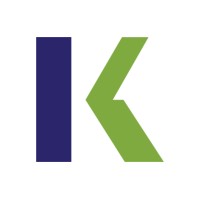
Kaplan
Kaplan is a global educational services company that provides individuals, universities, and businesses with a diverse array of services, including higher and professional education, test preparation, language training, corporate and leadership training, and student recruitment, online enablement and other university support services. Our company was founded in 1938 in Stanley Kaplan’s Brooklyn, NY home with a mission to help children of immigrants advance their dream of going to college. From those humble beginnings, Kaplan has grown into an enterprise operating in 28 countries and serving nearly a million students and thousands of corporate and university clients. Throughout our history, Kaplan has remained committed to our founding mission of expanding educational access and transforming learning through new technologies. We are always moving forward—innovating, adapting, and bringing education into the future. The vast breadth and scale of our capabilities and diverse offerings set us apart, allowing our students and partners to advance further, faster. Kaplan is a subsidiary of the Graham Holdings Company.






